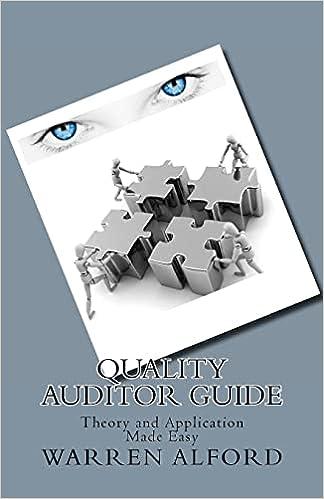Select the best definition for the term. The commission or omission of an act by a taxpayer with the intent to deceive. This includes knowingly failing to report revenue, claiming a false expense, or both. May also included knowingly omitting material from tax records. Amounts withheld by an employer from the income of employees. The withholdings for income taxes, Canada Pension Plan contributions, and Employment Insurance premiums must be remitted to the government, 1. Instalment Threshold to the government, 1. Instalment Threshold 2. Net Tax Owing 3. Notice of Assessment The grey area of between tax planning and tax evasion. Generally involves transactions, while legal in themselves, are planned and carried out mainly to avoid, reduce, or defer tax payable under the law. 4. Source Deductions 5. Tax Avoidance 6. Tax Evasion An amount of net tax owing for individuals and corporations that is used to determine the need to make installment payments. A term used to describe the sum of federal and provincial taxes Payable for the year, less tax credits less taxes already paid. for individuals and corporations that is used to determine the need to make installment payments. A term used to describe the sum of federal and provincial taxes Payable for the year, less tax credits less taxes already paid. A form that the CRA sends to all taxpayers after they process their returns which describes any changes made to the returns and states the amount of their additional tax payable or their refund. Select the best definition for the Term. A term used in the ITA to refer to taxable entities 27 An individual who either enters Canada during the year and becomes a resident or, alternatively, an individual who departs from Canada during the year and gives up their Resident status. 1. Fiscal Period The total of net employment income, net business and net property income, other sources of income, net taxable capital gains, and other deductions from income. 2. Part Year Residence 3. Net Income for Tax Purposes 4. Person 7 The deductible portion (currently 1/2) of a Capital Loss. 5. Sojourner 6. Dual resident 0 Dual resident 7. Allowable Capital Loss An individual who is deemed under Section 250 to be a resident of Canada for the full taxation year as the result of having been temporarily present in Canada for 183 days or more. A taxpayer who is considered to be resident in two countries. 1 V A taxation year that does not exceed 53 weeks











